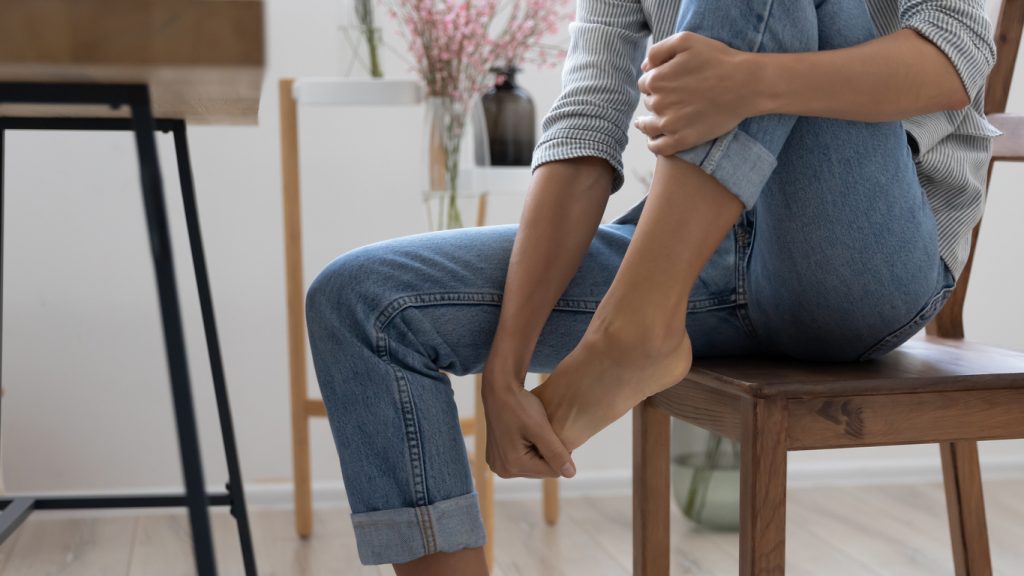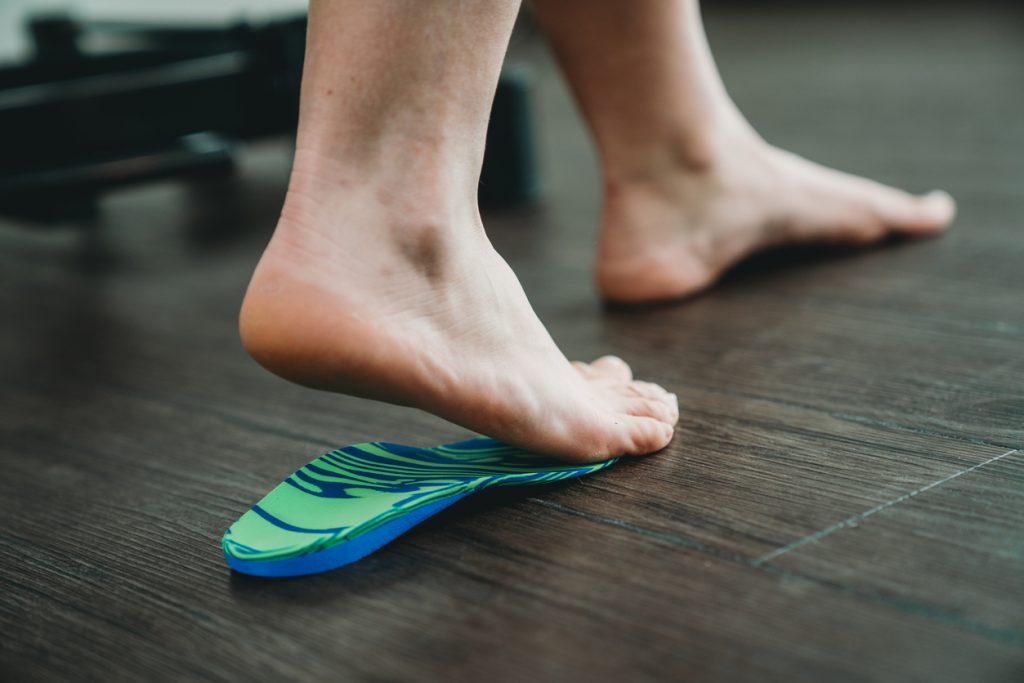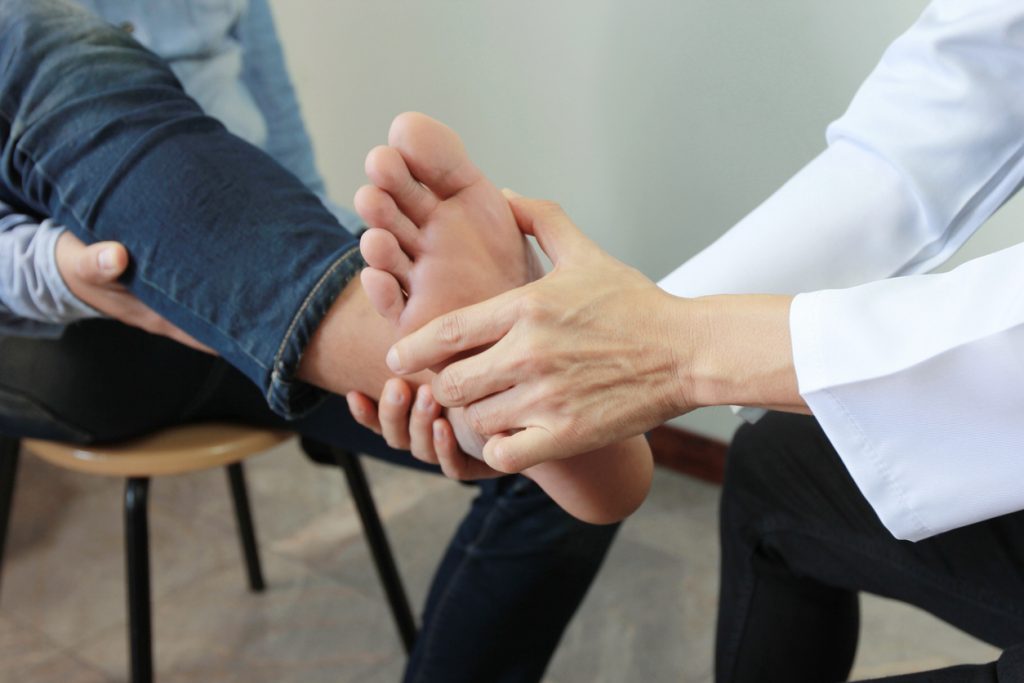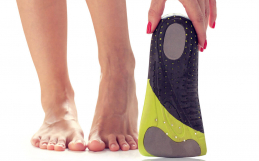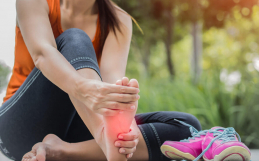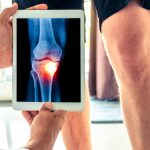While metatarsalgia is not considered a serious condition, it can be painful and prevent you from conducting your day-to-day activities. If you’ve been diagnosed with metatarsalgia by your doctor, you probably have a lot of questions.
At Applied Biomechanics, it’s our goal to make sure you’re informed about your foot or leg problems so that you can make the right decisions about your treatment. Here are some answers to our most frequently asked questions about metatarsalgia and how you can go about getting relief.
What is metatarsalgia?
Metatarsalgia refers to any pain in the general area of the metatarsal heads, also more commonly known as the “ball of the foot” or “forefoot.” Sometimes, as a result of metatarsalgia, the ball of the foot will become red, inflamed, and can be quite painful.
Some of the specific diagnoses which fall under this catch-all term include, but are not limited to:
- Morton’s Neuroma — An inflammation in the cover of the interdigital nerve.
- Morton’s Toe — A short first metatarsal, which leads to increased pressure under the second metatarsal head.
- Capsulitis — An inflammation to the joint capsule of a toe.
- A stress fracture to a metatarsal head.
- A plantar plate tear.
- And more.
What are some common symptoms of metatarsalgia?
The common symptoms of metatarsalgia will typically include a sharp, aching, or burning pain in the ball of the foot. This pain will likely increase with regular activity, such as walking on hard surfaces or walking barefoot, and it may also worsen in tight shoes or high heels.
The condition may result in a sensation of tingling, pins and needles, or numbness in your toes. It may even feel like there is a pebble in your shoe or that your socks are crumpled underneath your toes. All of these sensations can be symptoms of metatarsalgia.
What causes metatarsalgia?
Metatarsalgia has a variety of causes, depending on the specific type of metatarsalgia that you are experiencing. In general, foot alignment and foot mechanics play a large role. Calf tightness or excess weight may increase pressure on the ball of the foot or forefoot and make any minor alignment issues a bigger problem.
A few other factors that can contribute to causing metatarsalgia include:
- Poorly fitting shoes or improper shoes for activity
- Underlying health conditions, such as rheumatoid arthritis or diabetes
- Failed surgical intervention
- Excess body mass
- Stress fractures from a recent accident
- Morton’s neuroma
- And more
What are some treatments for metatarsalgia?
Metatarsalgia normally responds well to conservative treatment, and surgery should be used only as a last resort when all conservative treatments have failed.
Metatarsalgia Compression Socks
A common misconception for treating metatarsalgia is compression socks. Compression socks are designed to put pressure on the foot and lower leg, which is supposed to improve blood flow and reduce swelling. However, there is limited evidence that compression socks are effective in treating metatarsalgia.
There are other treatments for metatarsalgia that may be more effective than compression socks. For example, a metatarsal brace or metatarsal pads can help to support the foot and reduce pain.
Metatarsal Brace
A metatarsal brace can help to support and protect your metatarsals. Sometimes called a shoe insert, this small device fits into the shoe and stabilizes or supports the first metatarsal bone. While a brace may include an elastic in its design, it is merely intended to hold the insert in the correct position.
Other conservative treatment options include, but are not limited to:
- Properly fitting footwear
- Over the counter insoles
- Custom made orthotics
- Footwear modifications
- Metatarsal pads
- Stretching exercises
What to expect at a metatarsalgia assessment?
At Applied Biomechanics, we will conduct a comprehensive static and dynamic foot assessment to ensure that we examine any pain or issues you are experiencing. This thorough assessment will allow us to determine whether there may be any underlying issues.
As part of our assessment, we will examine your ‘gait’ by having you walk back and forth down a hallway. This allows us to see how your posture changes as you walk, how your heel is striking the floor, whether there is any lateral veering, and more. Based on our findings, we will recommend a unique-to-you treatment from adding a metatarsal pad to custom biomechanical solutions.
Our team at Applied Biomechanics can help you determine which of these solutions is most appropriate. Contact us today!


